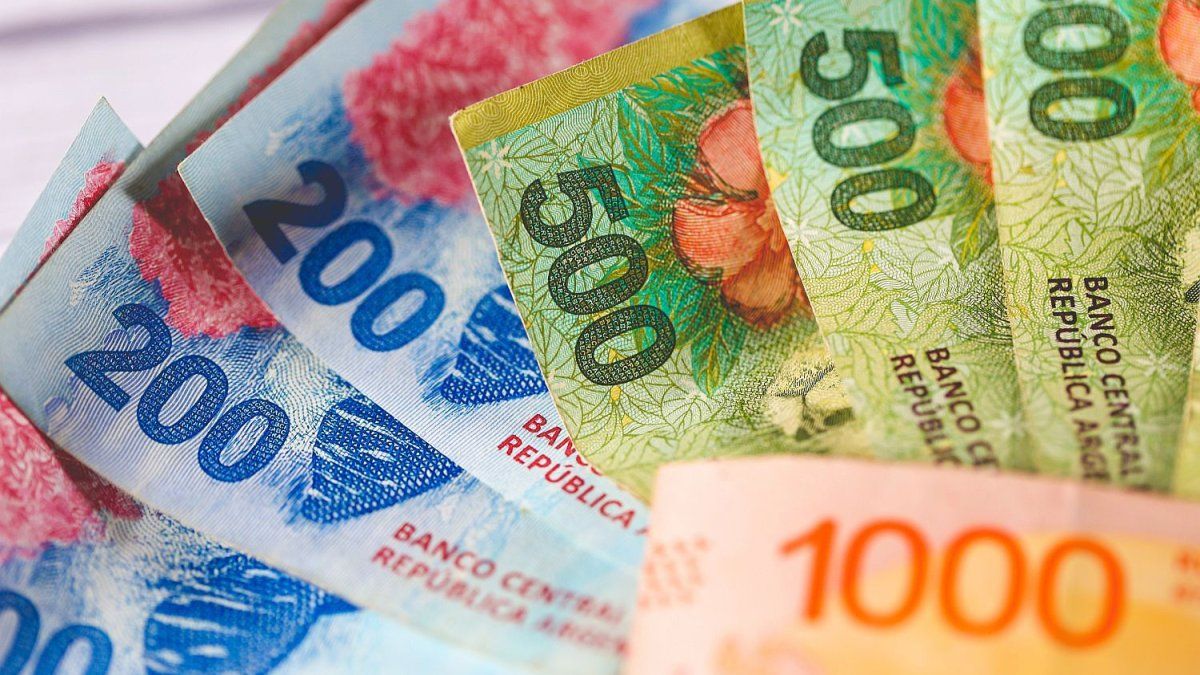For its part, the MEP -also valued with the Global 2030- grows 0.3% to $207.14. Therefore, the spread with the wholesaler directly regulated by the BCRA remains at 77.16%.
It is worth remembering that the US Federal Reserve has just raised its reference rate by half a percentage point, the highest increase in 22 years, while the strict quarantines in Shanghai fueled doubts about the sustainability of the economic recovery. In this context, investors have been seeing little appetite for risk, and a greater search for coverage in “safe” assets such as the US dollar.
“The war between Russia and Ukraine, coupled with the lockdowns in China, greatly damaged supply chains by generating inflation, driving the dollar higher,” added a financial analyst.
At the local level, the consultants and financial entities that participated in the recently published Survey of Market Expectations (REM) raised their inflation projection to 65.1% for 2022, 5.9 percentage points more than what they forecast the previous month. For the data for April, which the INDEC will release this week, 5.6% was estimated.
This month the International Monetary Fund (IMF) will carry out this month the first review of the recent agreement reached with the country for some US$44,000 million by which the Government promised to increase BCRA reserves, reduce inflation and the deficit budget, raise interest rates and cut energy subsidies.
Amid the tensions within the ruling party, President Alberto Fernández is on an official tour of Europe, while Economy Minister Martín Guzmán told US businessmen that Argentina grew in the first quarter, while continuing to defend himself against criticism of his program, ensuring that there are no successful cases in countries that have had sustained high spending on energy subsidies or a persistent fiscal deficit financed with a currency that is losing more and more value due to inflation.
official dollar
The wholesale dollar, which is directly regulated by the BCRA, rises 17 cents to $116.92. Meanwhile, the entity led by Miguel Ángel Pesce seeks to continue taking advantage of the foreign currency that comes in from grain exports.
On Monday the Central managed to finish its intervention in the official foreign exchange market with a positive balance of US$110 million.
“The monetary authority once again exhibited a good result due to its intervention today, accumulating during May some US$630 million of net purchases that have brought the annual total now to some US$740 million of positive balance due to its exchange regulation. The excellent behavior of the agro-export complex, which last week totaled revenues of some US$1,191 million, has become the contributing factor so that the process of accumulation of reserves has intensified since the beginning of May, something that the market expected with some expectation,” explained Gustavo Quintana, from PR Corredores de Cambio.
The retail dollar -without taxes- rises 12 cents this Tuesday, May 10, to $122.28 for sale, according to the average in the main banks of the financial system, while in Banco Nación the note remains at $121.75 for the sale.
Consequently, the savings dollar or solidarity dollar -which includes 30% of the COUNTRY tax and the 35% deductible of profits- grows 20 cents to $201.76 on average.
In a volatile day, the blue dollar increases $1 to $202.50, surpasses the solidarity dollar and cuts the spread with the financiers, according to a survey by Ámbito in the Black Market of Currencies. All in all, the gap with the official wholesale dollar stands at 73.2%.
Source: Ambito
David William is a talented author who has made a name for himself in the world of writing. He is a professional author who writes on a wide range of topics, from general interest to opinion news. David is currently working as a writer at 24 hours worlds where he brings his unique perspective and in-depth research to his articles, making them both informative and engaging.




